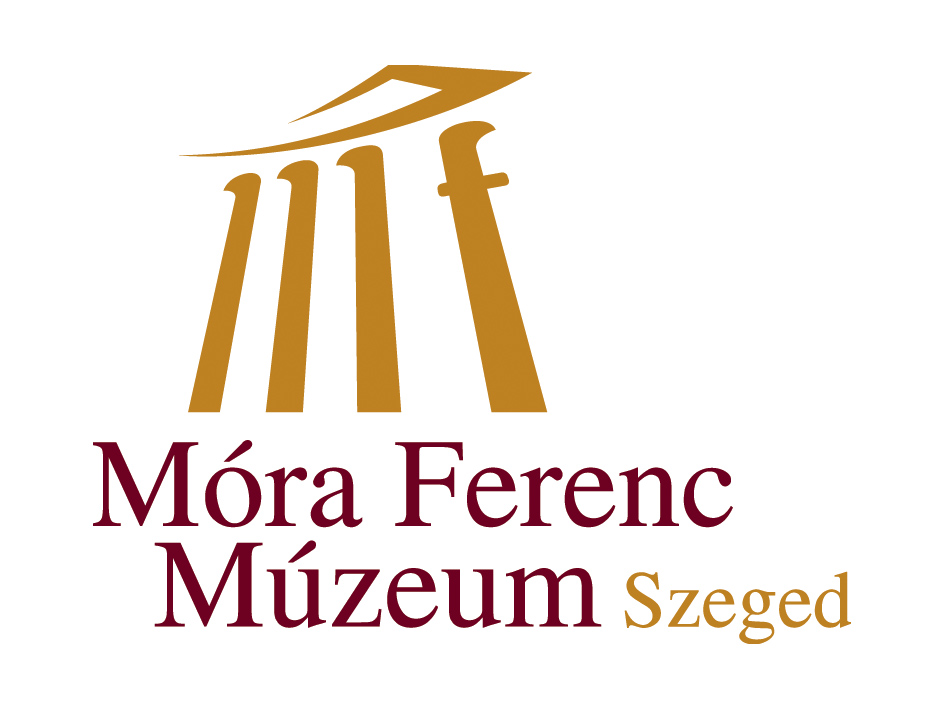The Story of Well-Groomed Elegance (Móra Ferenc Museum)

The exhibition called "The Story of Well-Groomed Elegance - Urban Revolution in the Hairdressing Industry" in the Ferenc Móra Museum in Szeged attempts to explore the social science and museological care of hair and facial hair as it has been shown in the big city over the past 150 years.
Evolution has worn away a significant portion of human body hair. Yet, why has our head hair remained thick and grown to such lengths that no other mammal can rival? According to medical science, hair doesn't play an essential role in life, but it stands out as one of the most resilient parts of our body.
Hair is in a constant state of growth, making it impossible to ignore; it requires cultivation. While hair is a biological trait, hair styling is a cultural product. The shape of our hair is never determined by physiological factors, and its length, who shapes it, and how it is styled are not solely individual decisions. Rather, external factors dictate how long we let it grow, who gets to see it, and what happens to it once it's off our heads.
The quest for styling hair and facial hair, along with its demands and expectations, has been a constant companion throughout human history. As hair is considered unclean and polluting in many cultures, not just anyone can touch it; specialists are required. The places for dealing with hair and facial hair also vary: mobile barbers, especially those working in public spaces, began opening permanent workshops from the 17th century onwards, providing grooming and social meeting places exclusively for men. It wasn't until the 20th century that women could step out of their homes for the purpose of hair care. For the urban bourgeoisie, the consumption of grooming services found new locations in the big cities: the hair salons.
The metropolis is the space where the societal-historical processes converge, essential for the creation and subsequent explosive development of the beauty industry. The rise of industrialization, electrification, and the chemical industry, along with the progress of women's emancipation, hygiene, and utility services, as well as the emergence of cinema and pop culture, all contribute to the birth of the modern body in the Western world. This modern body is constantly maintained, shaped, and restored as a pledge of our fitness, a result of the consumer society.
Just as we marvel at the material culture and the economy of choices in a hairdressing supplies store today, the diversity in any household related to tools, materials, inspirational sources, and knowledge for at-home hair care is equally remarkable in consumer societies. We seek to find answers to what were the main driving forces, milestones, and influential actors in the development of the beauty industry.
The exhibited objects and historical documents related to the hairdressing industry were selected from the collections of museums and private collectors. Our work was greatly aided by conversations with renowned representatives of the hairdressing professions. The exhibition was first presented by the BTM Kiscelli Museum in 2023, in connection with the 150th anniversary of Budapest's founding.
In this adaptation, alongside the capital, we also take a glimpse into the hairdressing industry of Szeged. The collection presented in Budapest has been enriched with items from the Móra Ferenc Museum's holdings and hairdressing artifacts preserved in the Ópusztaszer Memorial Park – including furniture, hairdressing tools, documents, and photographs. Additionally, materials generously loaned from the Kövér Béla Puppet Theater, the Szegedi National Theater, and the master hairdresser Kormány Eta of Szeged have complemented the exhibition.
The exhibition is open from March 2 to August 31, 2024, at the Móra Ferenc Museum.


